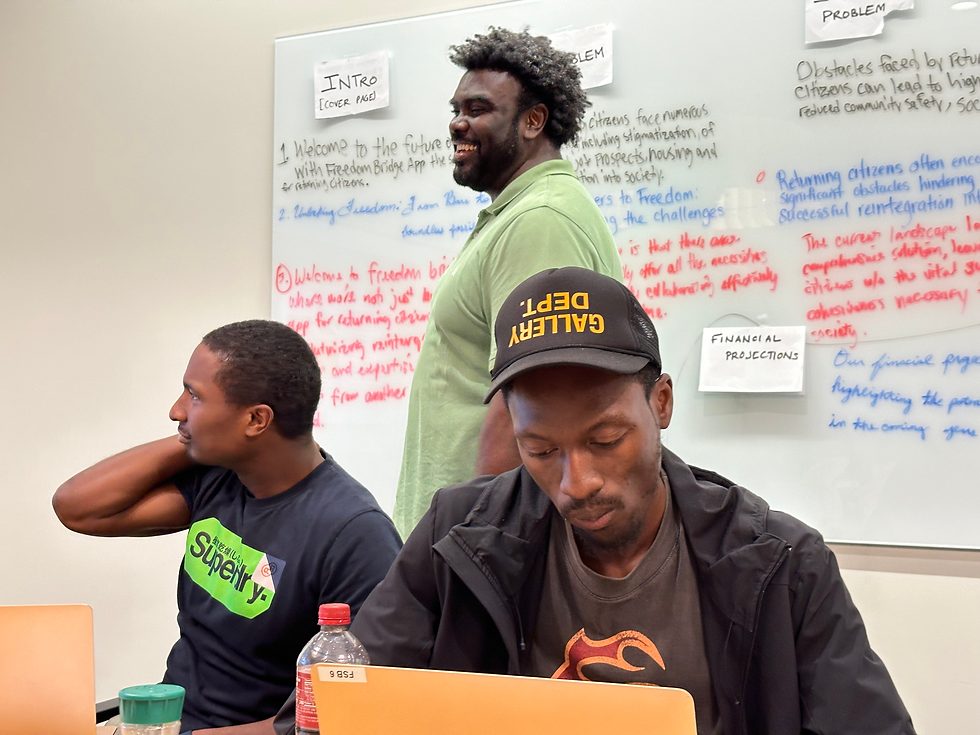The Struggles of LGBTQ Youth in Prison and Juvenile Detention
- Flikshop Team

- Jun 27, 2022
- 3 min read
Updated: Feb 10, 2023
In light of June being Pride, we wanted to learn about stories and statistics surrounding LGBTQ individual's experiences with incarceration. As always, when we find interesting facts or thoughts on topics that impact our justice system, we want to place them here and allow you the ability to learn alongside us.

During some research around young people in juvenile detention centers, we found some interesting information that we had to share. Did you know that LGBTQ youth are more likely to be incarcerated, more likely to be victimized while they are incarcerated, and their reentry back into society from jail or prison tends to be more difficult? Mind blowing, right? This is why we paused our research for a bit; just to drop a few links below for you to reference.
Crossover youth
LGBTQ youth face much higher rates of incarceration and detention. Prison Policy Initiative reports that 20% of all youth in the juvenile justice system identify as LGBTQ, although they only make up 5-7% of the total youth in the general population. We found this to be shocking, and it made us curious as to why this staggering statistic existed. We quickly learned that a lot of this overrepresentation in the system is largely due to LGBTQ youth that are forced to flee their homes due to abuse or a lack of acceptance from their family members. Some of our young people were living on their own, trying to figure out how to take care of themselves, creating pathways that could easily become slippery slopes to poverty. Once they are living on their own they have an increased risk of engaging in illegal acts for survival. The ultimate results lead to higher risks of arrests and incarceration.
Victimization
While incarcerated, LGBTQ youth are at an increased risk of sexual harassment from other incarcerated individuals and staff. The Sentencing Project found that 20% of LGBTQ youth reported sexual victimization from other youth vs 11% of straight youth.
Additionally, many LGBTQ youth are placed in solitary confinement for ‘their own protection’ despite numerous studies that highlight the clinical damage of this treatment. This type of isolation can impact youth in the same ways that physical torture would, and produces responses such as depression, anxiety, rage and much more.
If being locked in the house during the beginning of the COVID-19 pandemic has taught us anything, it is definitely that human beings should not be forced to spend time in isolation from other human beings. This damage is more impactful for youth because their minds and sense of self are still developing.
Solitary confinement also restricts access to programs and services that are available during incarceration and even places youth at a higher risk of being victimized by staff. Despite all the evidence of the negative effects of solitary confinement, it is still a common practice for ‘protection’ and ‘security’.
Reentry
Generally, returning citizens face barriers to employment, housing, health and education upon release and these barriers tend to push them back into incarceration. These issues tend to be heightened for formally incarcerated LGBTQ youth, as they may face double discrimination and may not have familial or social support. The potential discrimination, long lasting effects from incarceration, lack of familial support all compound together to make it difficult for LGBTQ youth to rebuild their lives after incarceration.
I have learned a sad reality this month; LGBTQ youth are more likely to be involved with the criminal justice system, more likely to be victimized while incarcerated and more likely to struggle upon release. This was all news to us.



Comments